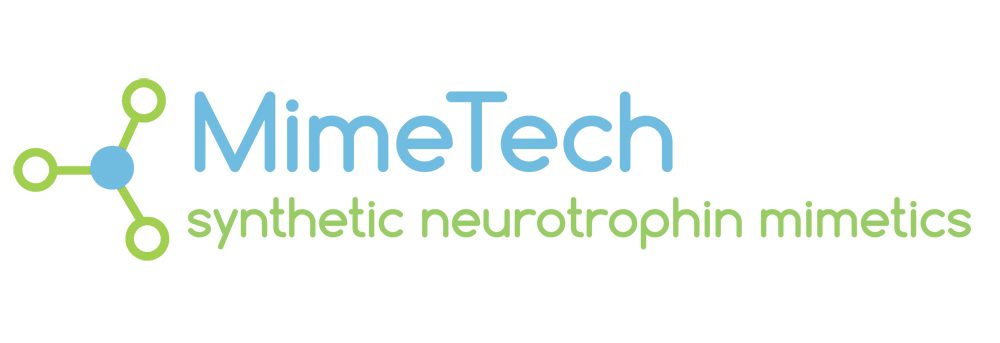Pressure ulcers, also known as pressure sores, bedsores, and decubitus ulcers, are localized injuries to the skin and/or underlying tissue that usually occur over a bony prominence, as a result of pressure, or pressure in combination with shear and/or friction. The most common sites are the skin overlying the sacrum, coccyx, heels or the hips, but other sites such as the elbows, knees, ankles or the back of the cranium can be affected.
Pressure ulcers occur due to pressure (or shear) applied to soft tissue, resulting in completely or partially obstructed blood flow in the region, which causes inadequate blood supply (ischemia), followed by reperfusion injury when circulation is re-established in that tissue after mobilization. Like in other Ischemia/Reperfusion settings, Programmed Cell Death events are triggered in the involved cells, leading to skin lesions. Pressure ulcers most commonly develop in individuals with compromised mobility, such as those being bedridden or confined to a wheelchair. It is widely believed that other factors can influence the tolerance of skin for pressure and shear, thereby increasing the risk of pressure ulcer development. These factors are protein-calorie malnutrition, microclimate (skin wetness caused by sweating or incontinence), diseases that reduce blood flow to the skin, such as arteriosclerosis, or diseases that reduce the sensation in the skin, such as paralysis or neuropathy. The healing of pressure ulcers may be slowed by the age of the person, medical conditions (such as arteriosclerosis, diabetes or infection), smoking or medications, such as anti-inflammatory drugs.
Although often prevented and treatable if detected early, pressure ulcers can be very difficult to prevent in critically ill people, frail elders, wheelchair users (especially where spinal injury is involved) and terminally ill individuals. The rate of pressure ulcers in hospital settings is high, unfortunately raising, consistent with the increased age of the population in developed countries, implying very high medical and social costs.
Being determined by a typical I/R pathogenesis, pressure ulcers, like other vascular skin lesions (arterial, venous, diabetic), are exquisitely sensitive to the therapeutic effect of Udonitrectag, which, in experimental models in vivo of the human disease, greatly accelerates the healing process, prospectively curtailing both the strong discomfort and the huge expenses incurred for these patients.


